When it comes to choosing a vehicle, one of the most important decisions you’ll face is whether to go for a manual vs automatic transmission. While both types of transmissions serve the same basic purpose, they offer very different driving experiences. In this post, we’ll explore the key differences between manual vs automatic transmissions and help you determine which one is right for your driving needs.
Table of Contents
What Is a Manual Transmission?
A manual transmission is a type of gearbox where the driver has to manually shift gears using a clutch and gear lever. This system allows for more control over the vehicle’s power and speed. Many driving enthusiasts enjoy the hands-on experience of a manual transmission, as it offers greater involvement in the driving process.
What Is an Automatic Transmission?
An automatic transmission automatically shifts gears for the driver, making the driving experience smoother and easier. With an automatic transmission, there’s no need for the driver to manually engage the clutch or change gears, which makes it a more convenient option for many drivers, especially in heavy traffic.
Manual vs Automatic Transmissions: The Pros and Cons
When comparing manual vs automatic transmissions, it’s important to consider the pros and cons of each. Here are the key factors to keep in mind:
Pros of Manual Transmissions
- Better Fuel Efficiency: Traditionally, vehicles with a manual transmission were known to have better fuel economy compared to automatics.
- Lower Cost: Vehicles with manual transmissions tend to be less expensive than their automatic counterparts.
- More Control: A manual transmission gives the driver more control over the vehicle, which can be beneficial in certain driving conditions, such as on hilly terrain or in slippery weather.
Cons of Manual Transmissions
- More Effort Required: Driving a manual transmission can be tiring, especially in heavy traffic, as the driver needs to constantly shift gears and operate the clutch.
- Learning Curve: It can take time to get used to a manual transmission, which is why many people prefer to start with an automatic vehicle.
Pros of Automatic Transmissions
- Ease of Use: One of the biggest advantages of an automatic transmission is the ease of use. The vehicle shifts gears automatically, which makes driving simpler and more relaxed.
- Better for New Drivers: If you’re new to driving, an automatic transmission may be the best choice, as it eliminates the need to master shifting gears and using the clutch.
- Less Fatigue: In traffic or during long drives, an automatic transmission requires less effort, allowing you to focus more on the road and less on gear changes.
Cons of Automatic Transmissions
- Higher Cost: Automatic transmissions tend to be more expensive, both in terms of the initial purchase price and maintenance.
- Reduced Control: While an automatic transmission is convenient, it doesn’t provide the same level of control that a manual transmission offers. Drivers might miss the ability to manually shift gears in certain situations.
Manual vs Automatic Transmissions: Performance
Performance is another key factor in the manual vs automatic transmissions debate. Traditionally, manual transmissions were considered to be more performance-oriented, giving drivers the ability to control the engine’s power more precisely. However, advancements in automatic transmission technology, including dual-clutch systems and continuously variable transmissions (CVT), have closed the performance gap between the two.
Sports car enthusiasts often prefer manual transmissions for the raw driving experience and the connection to the vehicle. On the other hand, newer automatic transmissions in performance cars can now offer faster gear shifts and more efficient performance than ever before.
Manual vs Automatic Transmissions: Maintenance and Longevity
When it comes to maintenance, manual transmissions are generally simpler and less expensive to repair. There are fewer components in a manual transmission, which means there’s less chance for things to go wrong. However, improper use of the clutch can cause premature wear.
Automatic transmissions, while more complex, require more expensive maintenance. Regular fluid changes are crucial to keep an automatic transmission running smoothly, and repairs can be costly if something goes wrong.
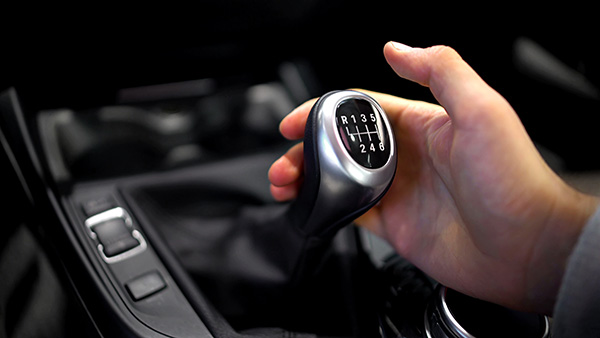
Manual vs Automatic Transmissions: Which Is Right for You?
Ultimately, the decision between a manual vs automatic transmission comes down to personal preference. If you enjoy a more engaged driving experience and don’t mind putting in the effort, a manual transmission might be the way to go. On the other hand, if convenience, ease of use, and comfort are more important to you, an automatic transmission is likely the better option.
No matter which option you choose, both manual vs automatic transmissions have their advantages and are well-suited for different types of drivers and driving conditions. Consider your needs and driving habits before making your decision.
Conclusion: Manual vs Automatic Transmissions
In conclusion, both manual vs automatic transmissions have their pros and cons. While manual transmissions offer greater control and are often more fuel-efficient, automatic transmissions provide ease of use and comfort, especially in city driving. The best choice ultimately depends on your driving style and priorities.
Related Post:
If you’re interested in understanding more about car maintenance, you can check out our detailed guide on how to change transmission fluid at home, which covers the importance of fluid changes for both manual and automatic transmissions.

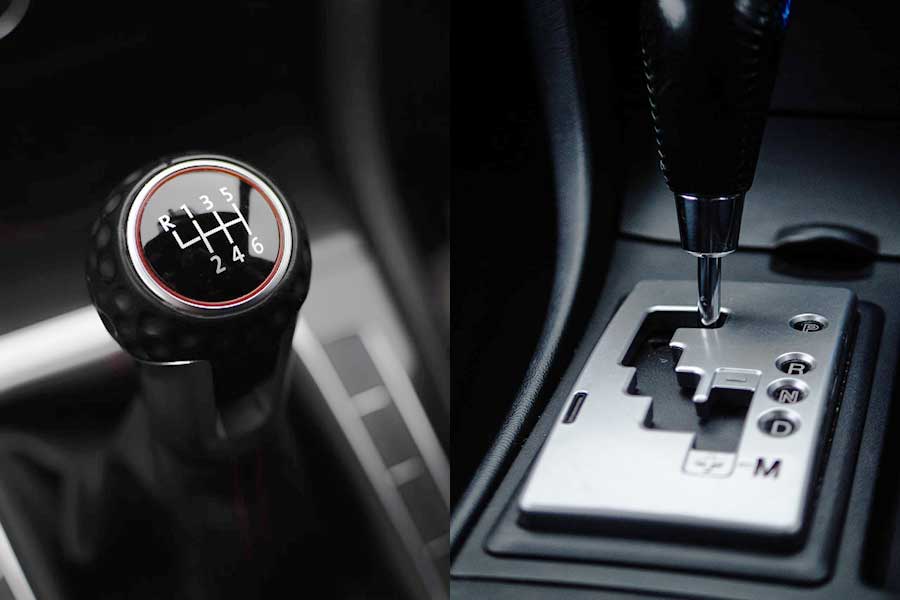
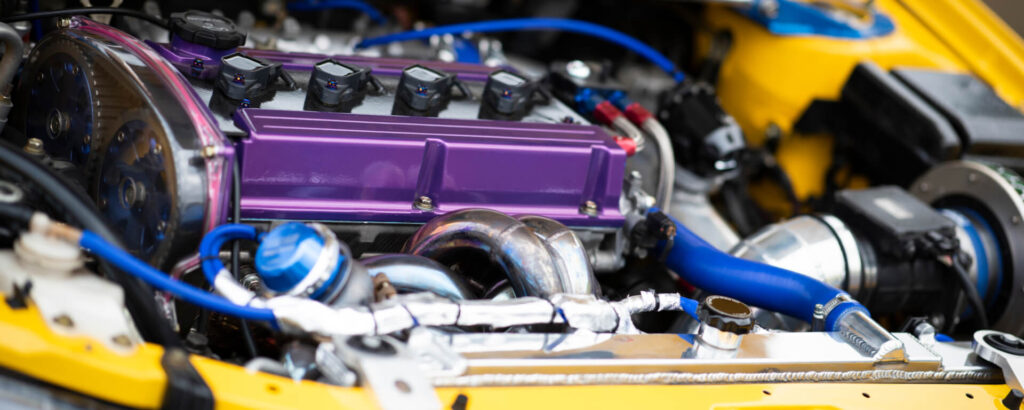
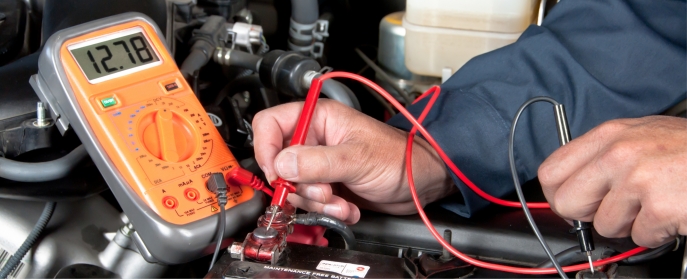
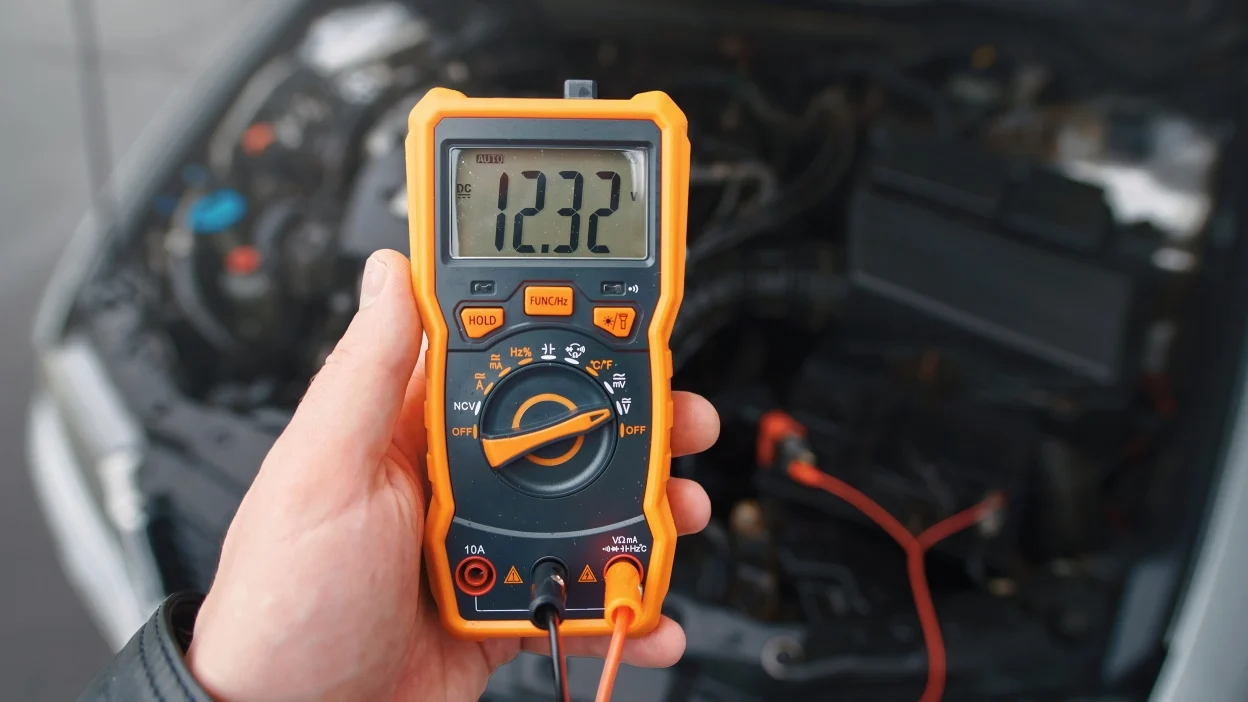
Leave a Reply